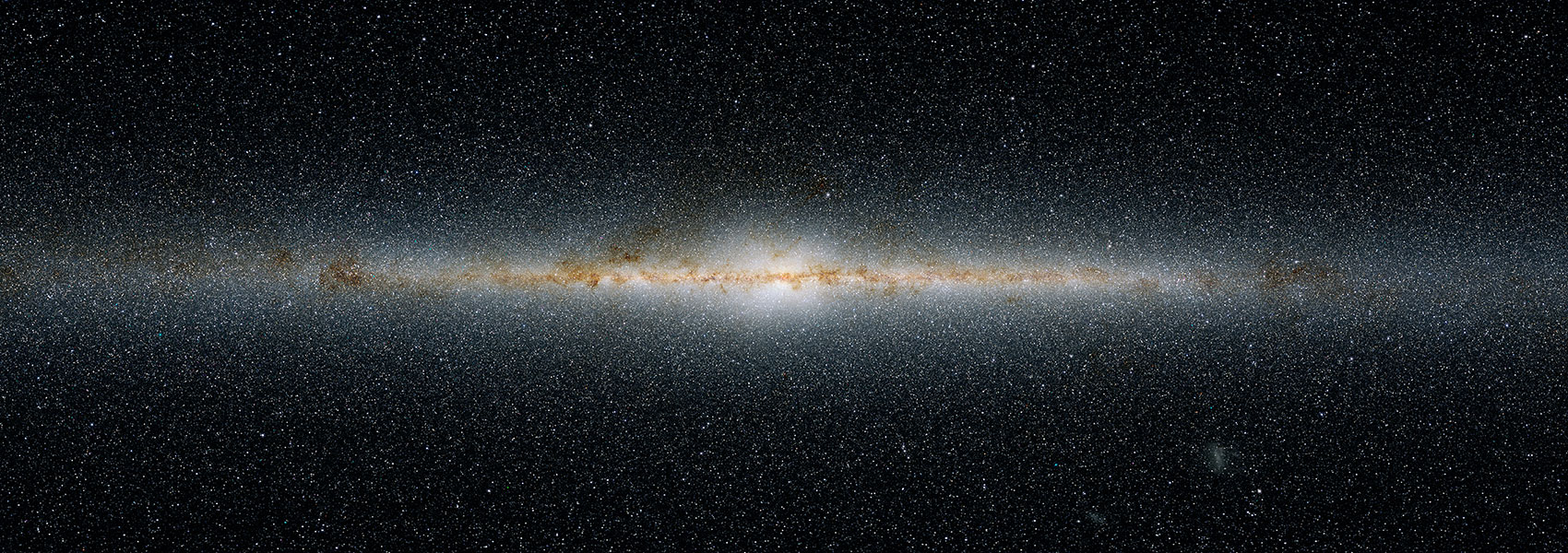April
2023
•
2023ApJ...947L..25G
Authors
•
Glazebrook, K.
•
Nanayakkara, T.
•
Jacobs, C.
•
Leethochawalit, N.
•
Calabrò, A.
•
Bonchi, A.
•
Castellano, M.
•
Fontana, A.
•
Mason, C.
•
Merlin, E.
•
Morishita, T.
•
Paris, D.
•
Trenti, M.
•
Treu, T.
•
Santini, P.
•
Wang, X.
•
Boyett, K.
•
Bradac, Marusa
•
Brammer, G.
•
Jones, T.
•
Marchesini, D.
•
Nonino, M.
•
Vulcani, B.
Abstract
•
We present a first look at the reddest 2-5 μm sources found in deep images from the GLASS Early Release Science program. We undertake a general search, i.e., not looking for any particular spectral signatures, for sources detected only in bands redder than is reachable with the Hubble Space Telescope, and which would likely not have been identified in pre-JWST surveys. We search for sources down to AB ~27 (corresponding to >10σ detection threshold) in any of the F200W to F444W filters, with a >1 magnitude excess relative to F090W to F150W bands. Fainter than F444W >25 we find 56 such sources of which 37 have reasonably constrained spectral energy distributions to which we can fit photometric redshifts. We find the majority of this population (~65%) as 2 < z < 6 star-forming low-attenuation galaxies that are faint at rest-frame ultraviolet-optical wavelengths, have stellar masses 108.5-109.5 M ⊙, and have observed fluxes at >2 μm boosted by a combination of the Balmer break and emission lines. The typical implied rest equivalent widths are ~200 Å with some extreme objects up to ~1000 Å. This is in contrast with brighter magnitudes where the red sources tend to be z < 3 quiescent galaxies and dusty star-forming objects. Our general selection criteria for red sources allow us to independently identify other phenomena as diverse as extremely low-mass (~108 M ⊙) quiescent galaxies at z < 1, recovering recently identified z > 11 galaxies and a very cool brown dwarf.
Links




